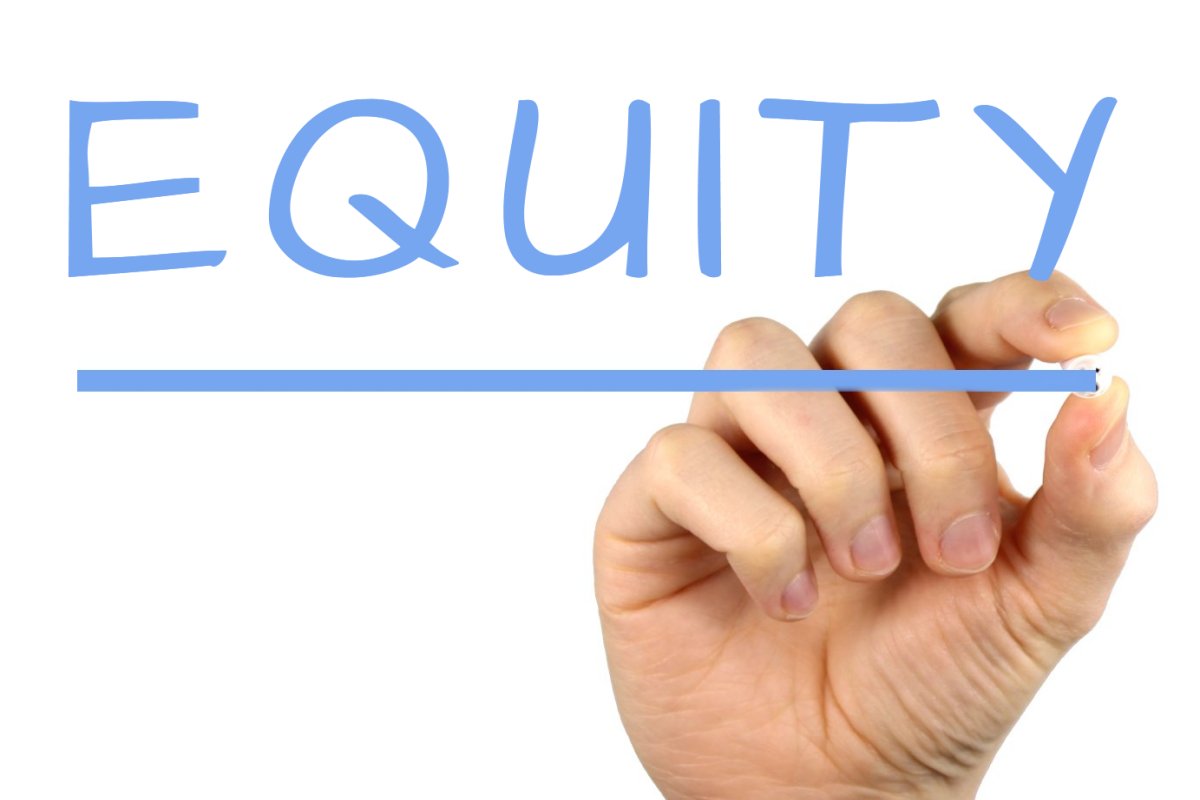In a blog post for America’s Future Foundation Double Think Onlline, Chicago-based writer Alex Entz argues that vouchers help resolve two issues usually at odds when discussing the economics of education, equity and efficiency.
When evaluating a policy proposal, economists typically must weigh two oft-competing interests: efficiency and equity. School vouchers are one issue where these two typically-antagonistic forces align.
From an efficiency standpoint, the evidence for vouchers is unequivocal. Graduation rates in Washington, D.C. for students with a voucher have reached 94%, and 89% of these students go on to attend college. Without a voucher, students graduate under 60% of the time.
In Milwaukee, graduation rates are 94% for students who use a voucher for all four years in high school. Those staying in Milwaukee public high schools for all four years graduate at a 75% clip. (In both cases, students who apply for a voucher but do not receive one also sharply underperform those who receive vouchers).
Test scores tell the same story: D.C. and Milwaukee voucher recipients showed statistically significant gains in reading, and students in Florida improved in both math and reading, as did students in Cleveland. In fact, no study has ever found vouchers to negatively impact test scores, and there is substantial evidence that vouchers positively impact the test scores of students who stay in public schools. Competition’s effects can, indeed, spur positive changes in education, a claim that many politicians and union advocates have, against all evidence and reason, denied.
Beyond statistical aggregates, vouchers could potentially induce efficiency into the education market in more salient and promising, if hard-to-measure, ways. In a loosely regulated environment, a multitude of diverse options would blossom. Small parent-run schools could compete with large Christian academies (along with other religiously affiliated schools) and public schools; the government’s role would be to perform quality checks (such that schools hit minimum standards), disburse vouchers, and provide information. The sad irony of such a scheme is that it is likely the public schools that would not pass such an inspection.
Other monopolistic behavior wouldn’t last long, either. Teaching styles, classroom design, and teacher pay packages would almost certainly be among the first components of education to change. Teacher certification processes (which act as unnecessary and expensive barriers to entry) could be trimmed or done away with entirely; the emergence of a discovery process in which the best educational processes could rise to the top would—like in the food, textile, and service industries, to name a few—ensure the success of the schools who found the most effective ways to teach their students. Tenure and other union-supported practices (such as the “last-in, first-out” policy) would have to be weighed in light of extensive suggestive evidence that they have deleterious effects on educational quality; schools would no longer be apt to tolerate mediocrity in their teaching corps. Due to competitive pressures, vouchers could revolutionize the education industry, creating a more efficient marketplace and a more effective cadre of teachers (many of whom, it should be noted, are already superb).
From an equity standpoint, it’s not just mathematical wonks and economists who support vouchers. Rather, the largest and most vocal contingent of voucher proponents are the poor and disenfranchised parents who are currently forced to send their children to underperforming schools. The cycle is evident: poor parents, particularly in urban areas, send their children to bad schools. These bad schools fail to educate their students. Without an education, the students fall into poverty. Their children, then, attend similarly poor schools. And so the poverty trap continues.
Wealthy Americans have always had the option to send their kids to private schools, and, indeed, many choose to do so, often attracted by specialized instruction styles and well-equipped facilities. The poor, however, do not have these same choices. Rather, they are ushered into tacitly segregated schools that are often “dropout factories”, where fewer than 60% of students graduate. In a stressful, dangerous atmosphere, devoid of discipline and utilizing a far-outdated “one-size-fits-all” instruction model, these students are hard pressed to see the value and inherent good in education. Vouchers pave the way for these students to find the school that best fits their learning style; they can escape violent environments; with a vested interest in education, satisfaction rates rise and truancy rates fall. Indeed, one would be hard pressed to explain why states shouldn’t have voucher programs, given the inequities that are rife in our system.
At a time when arguments in college classrooms and policy halls are traditionally dominated by the normative “efficiency-equity” debate, it’s refreshing to find an issue where the two sides should be able to agree. What is puzzling, however, is how the issue continues to divide when it seems to have no downsides.

